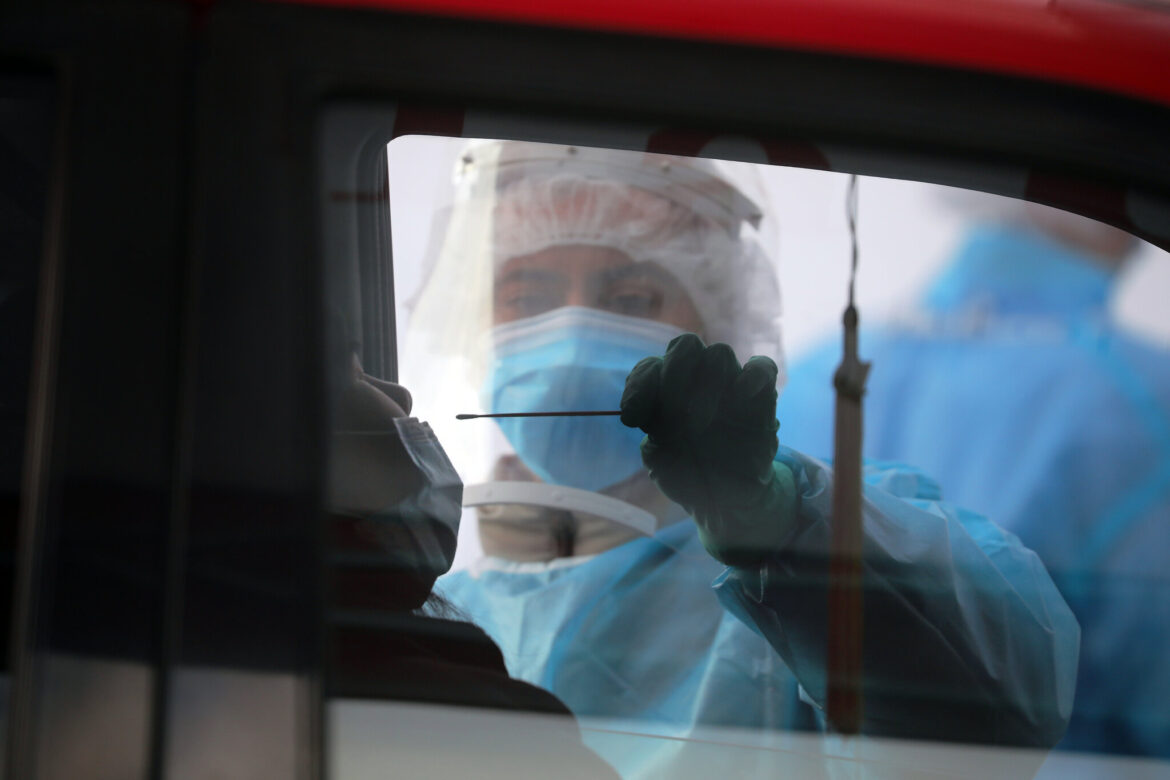New Delhi: The center on Wednesday said the lateral flow test, which includes fast-antigen and home-antigen tests, can detect Covid from the third day after exposure to the virus until day eight while the RT-PCR test can diagnose infection for up to 20 days.
At a press conference, the Director General of the Indian Medical Council (ICMR) Dr. Balram Bhargava said on the first day someone would test whatever negative test they did.
“It takes time for viruses to grow on your system and it is known as a latent period. From the third day it will be detected in a lateral flow test and up to eight which is a infectious period.
“That’s why, the disposal policy and house isolation policy focuses on a seven-day period,” explained Bhargava.
He said that the RT-PCR test results will continue to be positive even after eight days because certain RNA particles that are not infective will continue to be shed and will continue to cause positive test results. “The Director General of the ICMR said it was for Omicron, the lateral flow test had become the backbone.
Bhargava said that according to government advisors, contacts at high risk of Covid cases confirmed, identified based on age or comorbidity, those who travel between countries do not need to be tested.
Also, asymptomatic individuals in community settings, patients who stand are dismissed in accordance with the isolation guidelines of the house and those who are dismissed from the Covid-19 facility under the revised disposal policy need not be tested, he said.
However, Bhargava emphasized in the quarantine of a house of seven days for all positive case contacts according to the guidelines and added that they must continue to wear a mask.
Referring to advisors about the purposive test strategy for Covid-19 in India issued by ICMR recently, he said simptomatic individuals, even if they tested negatively on a home test or a quick antigen test must be used for RT-PCR tests.
According to advisors, testing can be done either through RT-PCR, Truenat, CBNAT, Crispr, RT-Lamp, fast molecular testing system or through fast-antigen tests.
Positive point-of-care tests and molecular tests must be considered confirmation, without repetitive testing. Simtomatic individuals, negative testing on the home / test self-test or rapid-antigen must carry out RT-PCR tests, declared adviser.
In community settings, symptomatic individuals, risky contacts (elderly and individuals with comorbidity) of cases that are confirmed by laboratories can be tested.
Also, individuals who travel internationally can be tested.
In hospital settings, testing can be done according to the discretion of the doctor with consideration such as no emergency procedures that must be postponed because of the lack of tests and patients should not be referred to other facilities due to the lack of testing facilities, declared adviser.
All settings must be made to collect and transfer samples to testing facilities, mapped to health facilities.
There are 3,128 testing laboratories and test capacity of India Daily RT-PCR more than 20 lakh, said Bhargava.






